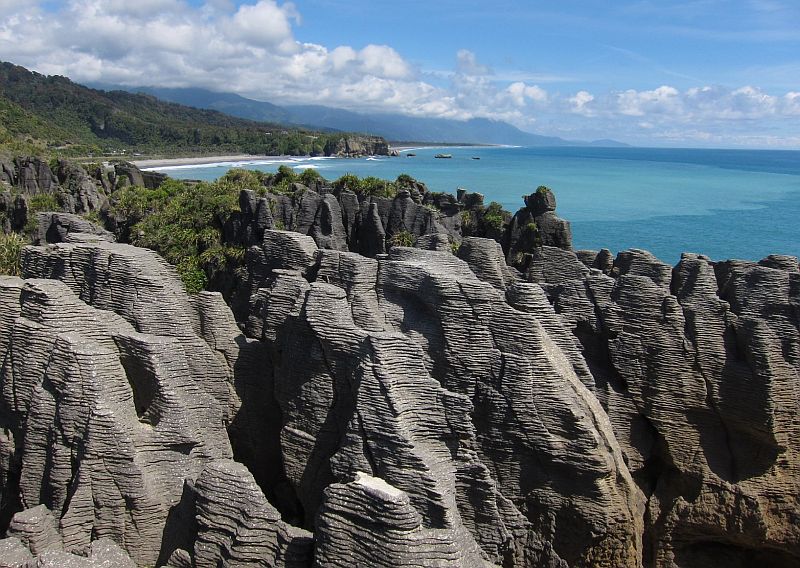Aspendos Theater is a Roman theater in the ancient city of Aspendos in Turkey. The Aspendos Theater, built in the second century, is one of the best-preserved historic theaters in the Greco-Roman world. During Marcus Aurelius’ reign, the Greek architect Zenon (a city resident) constructed the theater between 155 and 180 AD. The Seljuks of Rum utilized it as a caravansary and renovated it regularly. (Caravansary is a roadside tavern where travelers might recuperate from their journey for the day.) In the 13th century, they turned the stage building into a palace.
The Aspendos Theater is renowned for both its enormous size and superb acoustics. With a 96-meter (315-foot) diameter, the theater could accommodate 7,000–13,000 people in seats. Since an amphitheater is completely circular or oval, the building is technically a theater rather than an amphitheater. The theater structure was transformed into a Seljuk palace in the thirteenth century.
There is an inscription naming the brothers Curtius Crispinus and Curtius Auspicatus as commissioners and Zenon as architect. The cavea (seating section) is mainly built against the hill’s slope, providing an ideal foundation. The stone arches are supported to other sections of the stands. The cavea contains 41 rows of benches, accommodating 12,000 spectators.
The stage wall is still intact, but the original eight-meter-deep oak ceiling has vanished. Unlike many Roman theaters, the stage construction is multi-story and lavishly ornamented. Around the theater, 58 holes have been discovered where poles once stood, which could be used to spread a vast velarium over the grandstand to shade visitors from the sun.
The theater has been brought back to its original condition in the present day. It is a significant tourist destination in the area. The Aspendos Theater is still a center of culture. Every year since 1994, international groups have participated in the Aspendos Festival, the International Opera and Ballet Festival, which is held there. Thousands of people participate in the festival, as they did in the past.
The theatre greatly impressed famous British archaeologist David George Hogarth in 1909. This is unlike anything I have ever seen. He wrote. You may find time immemorial to be either appeasing or repugnant, having visited the amphitheaters in Italy, France, Greece, Africa, and the temples in Egypt. However, you have not witnessed the Aspendos theater. To experience a bit of history and be in awe of its architectural wonder, you should visit the Aspendos Theater if you are ever in Turkey.
Read More: The Majestic Sizir Waterfall – Sivas Turkey
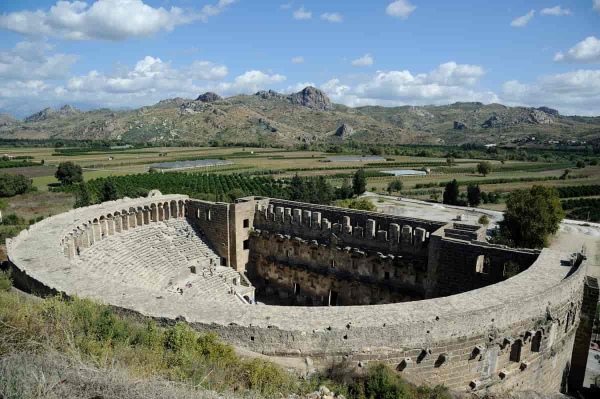
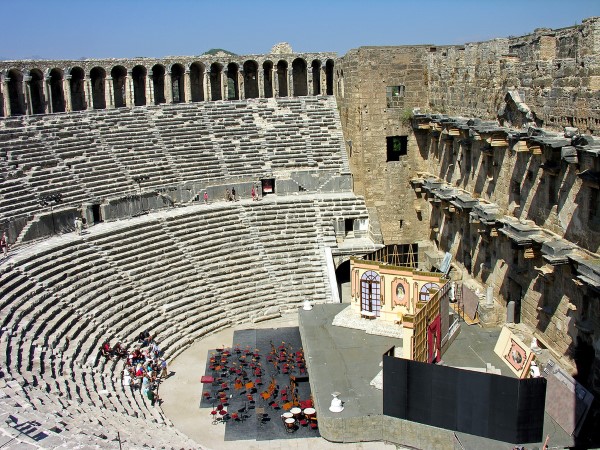
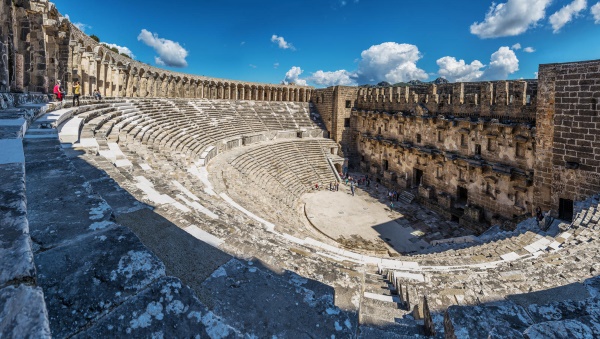
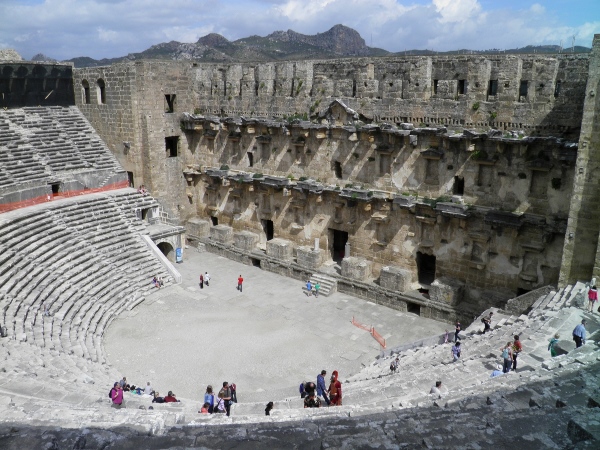
Reference: Wikipedia

